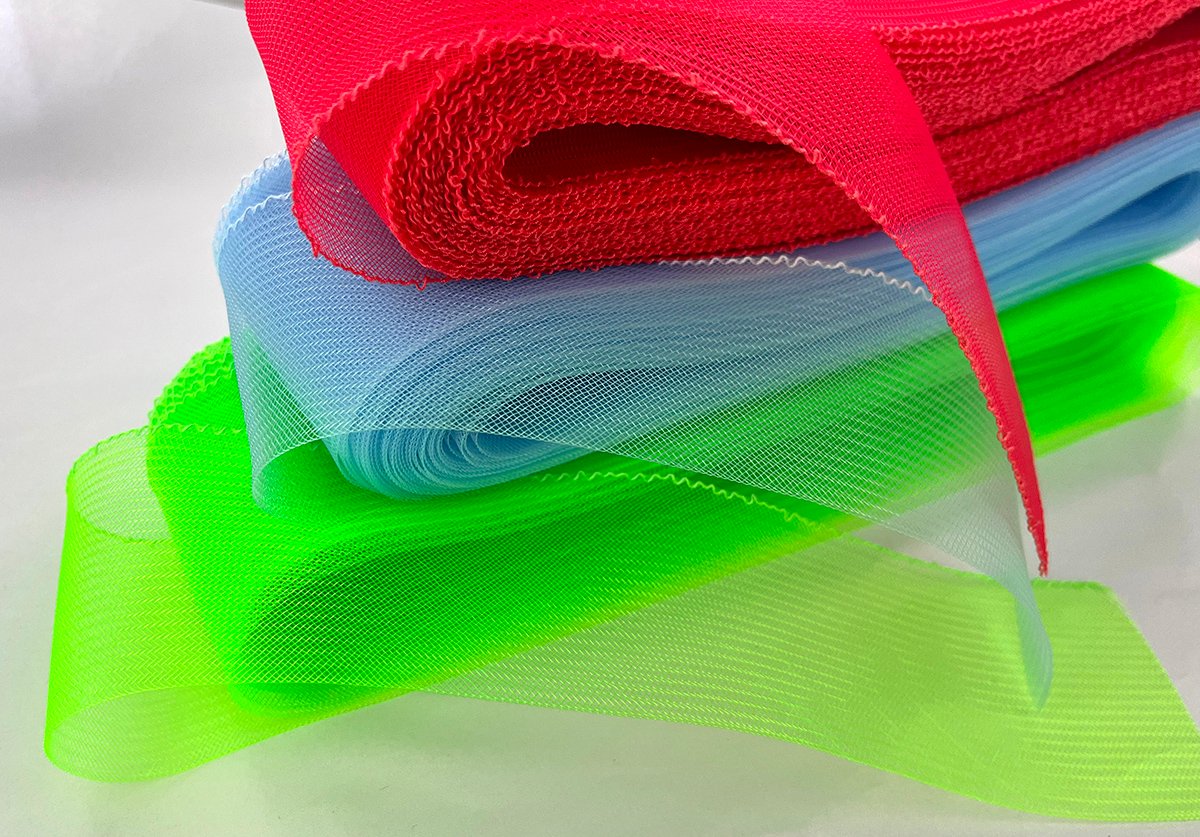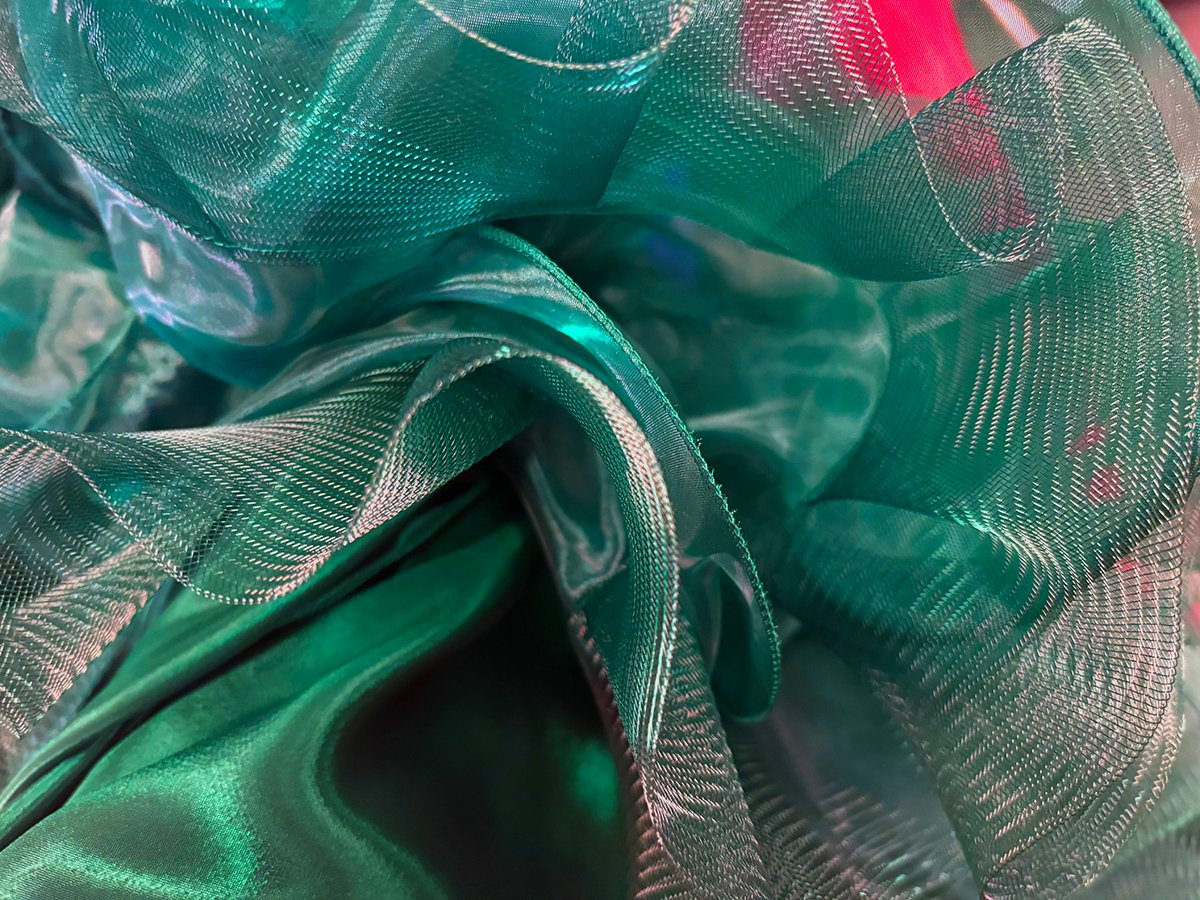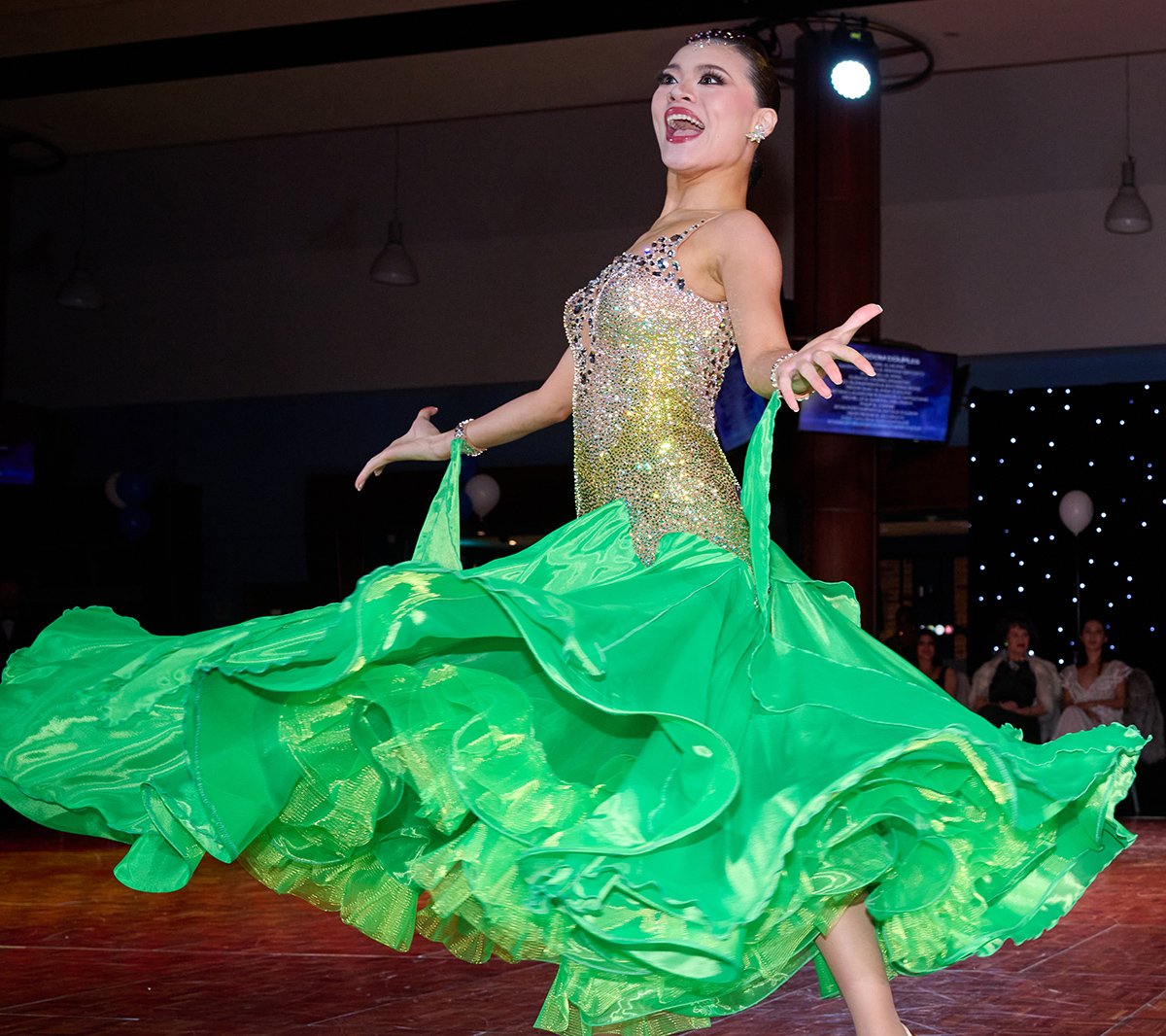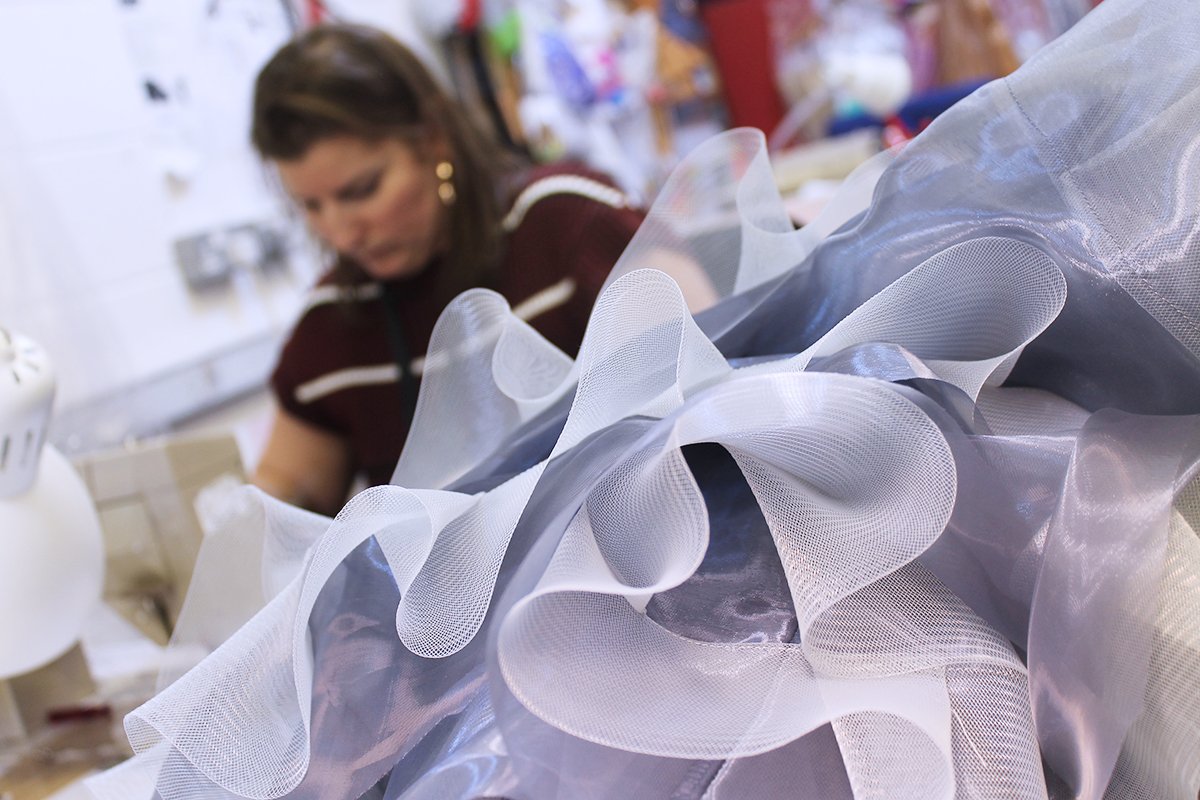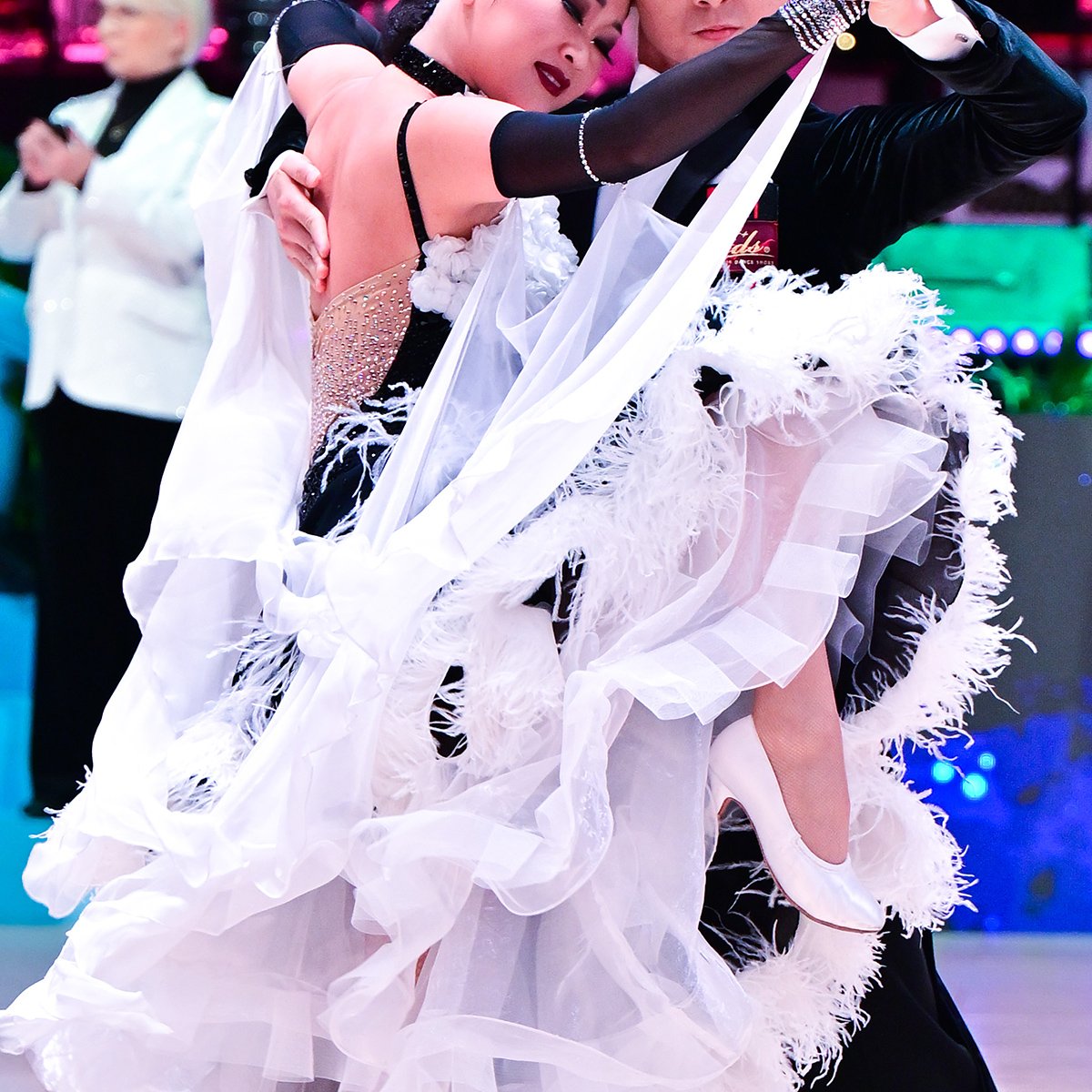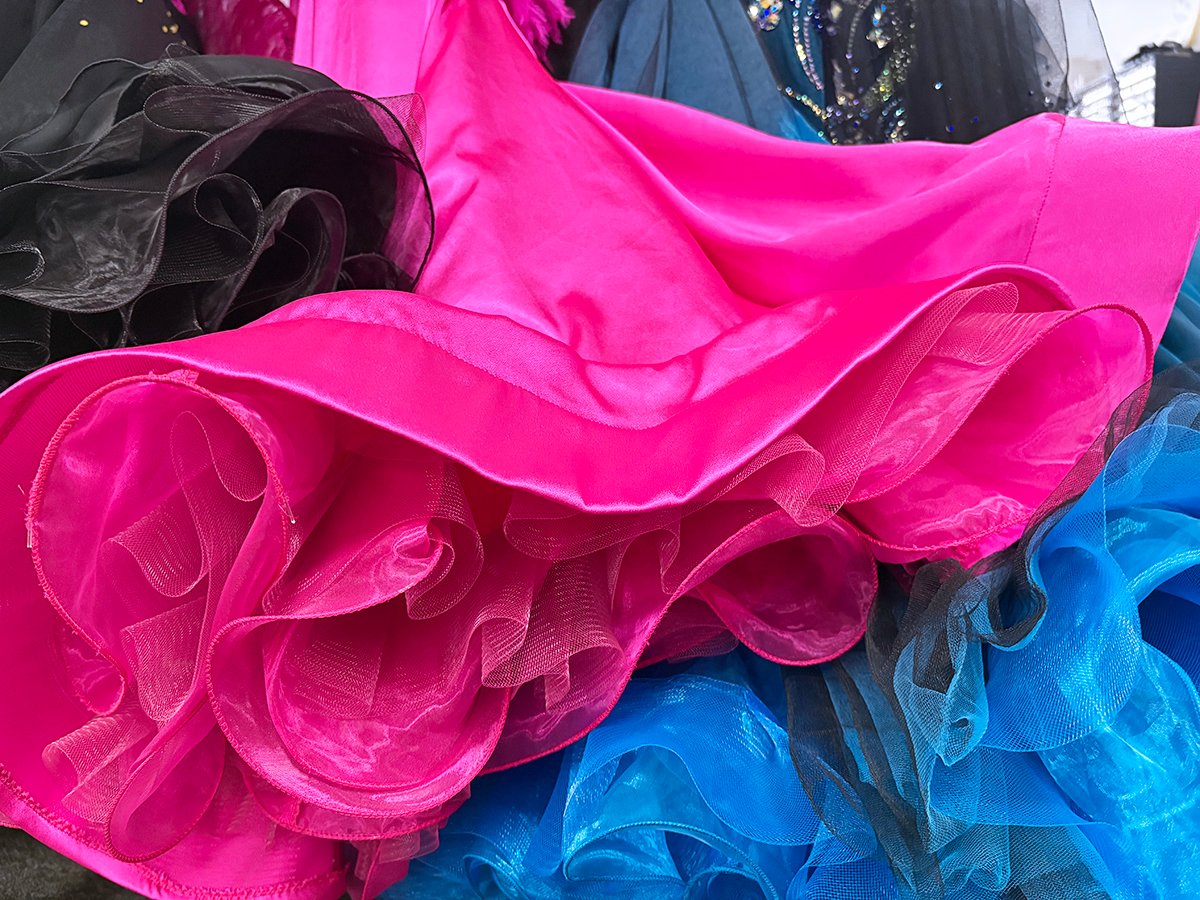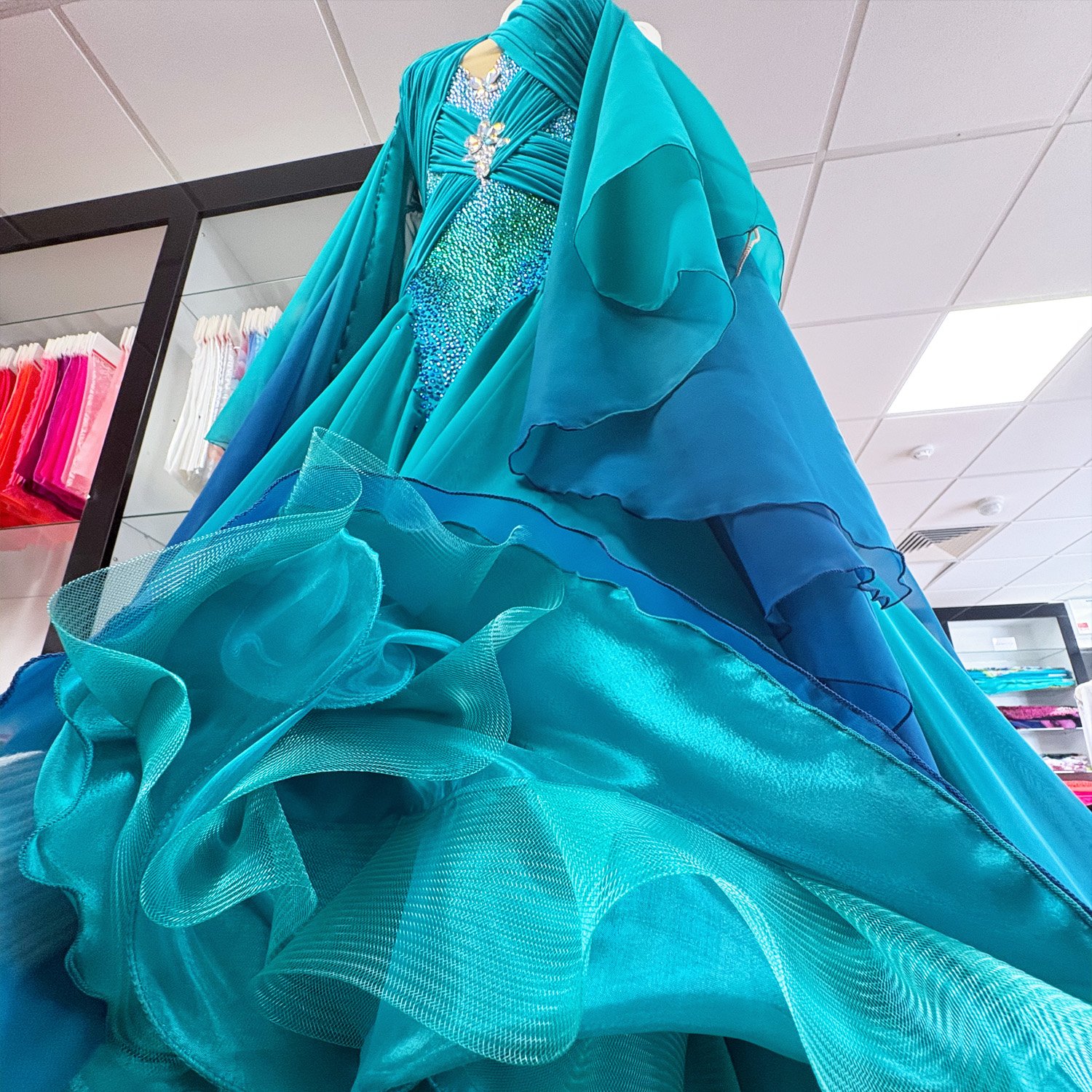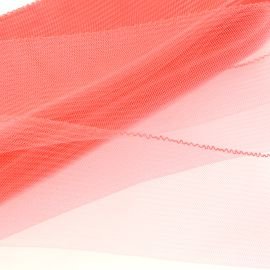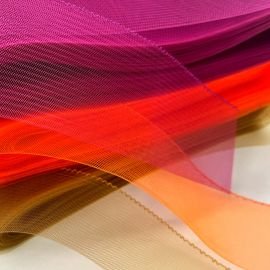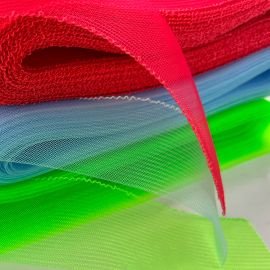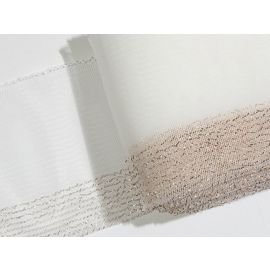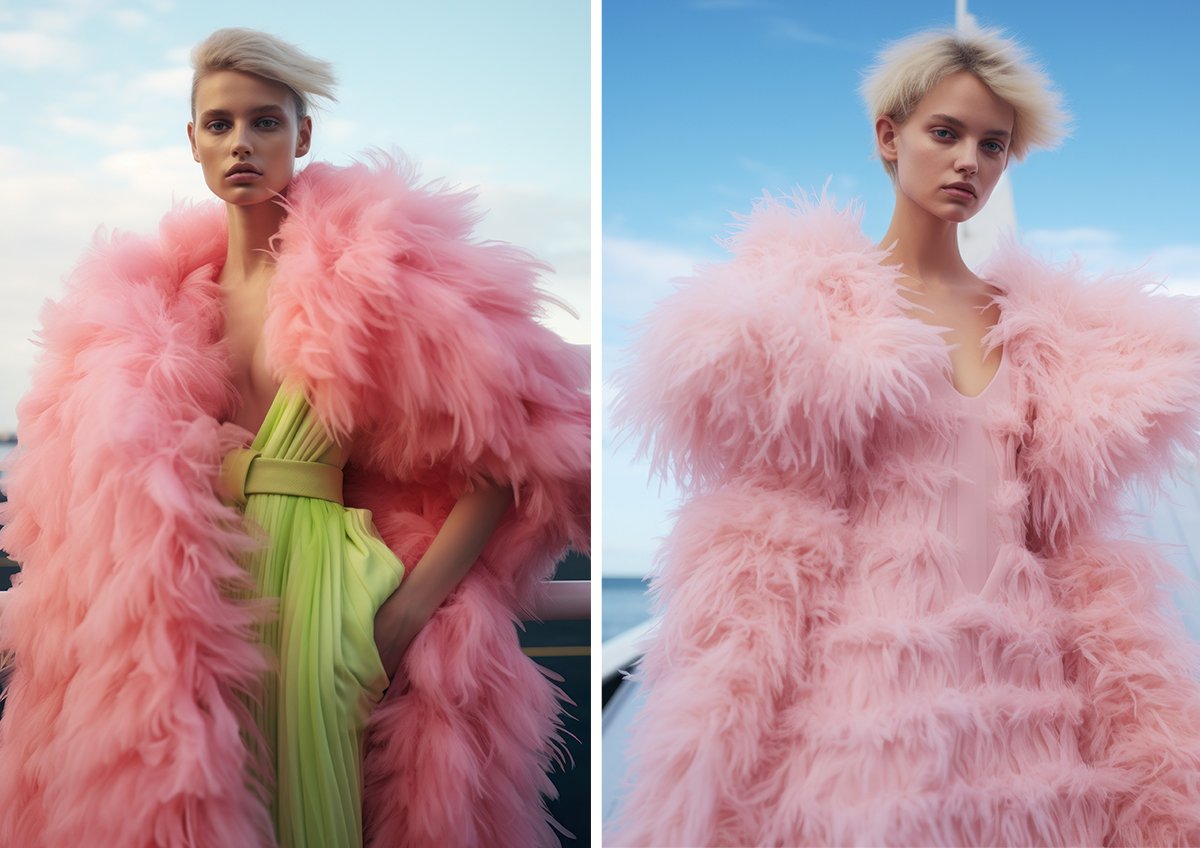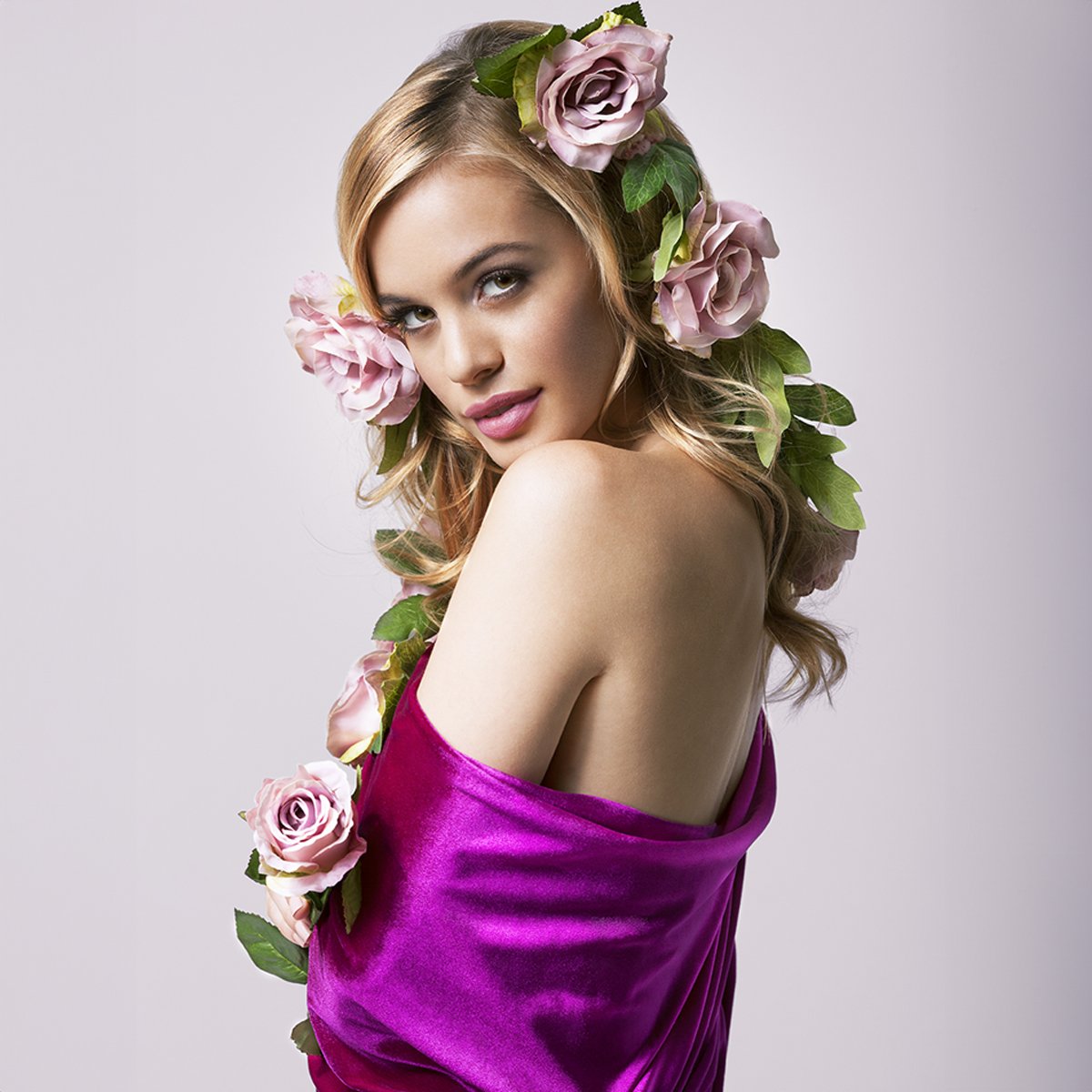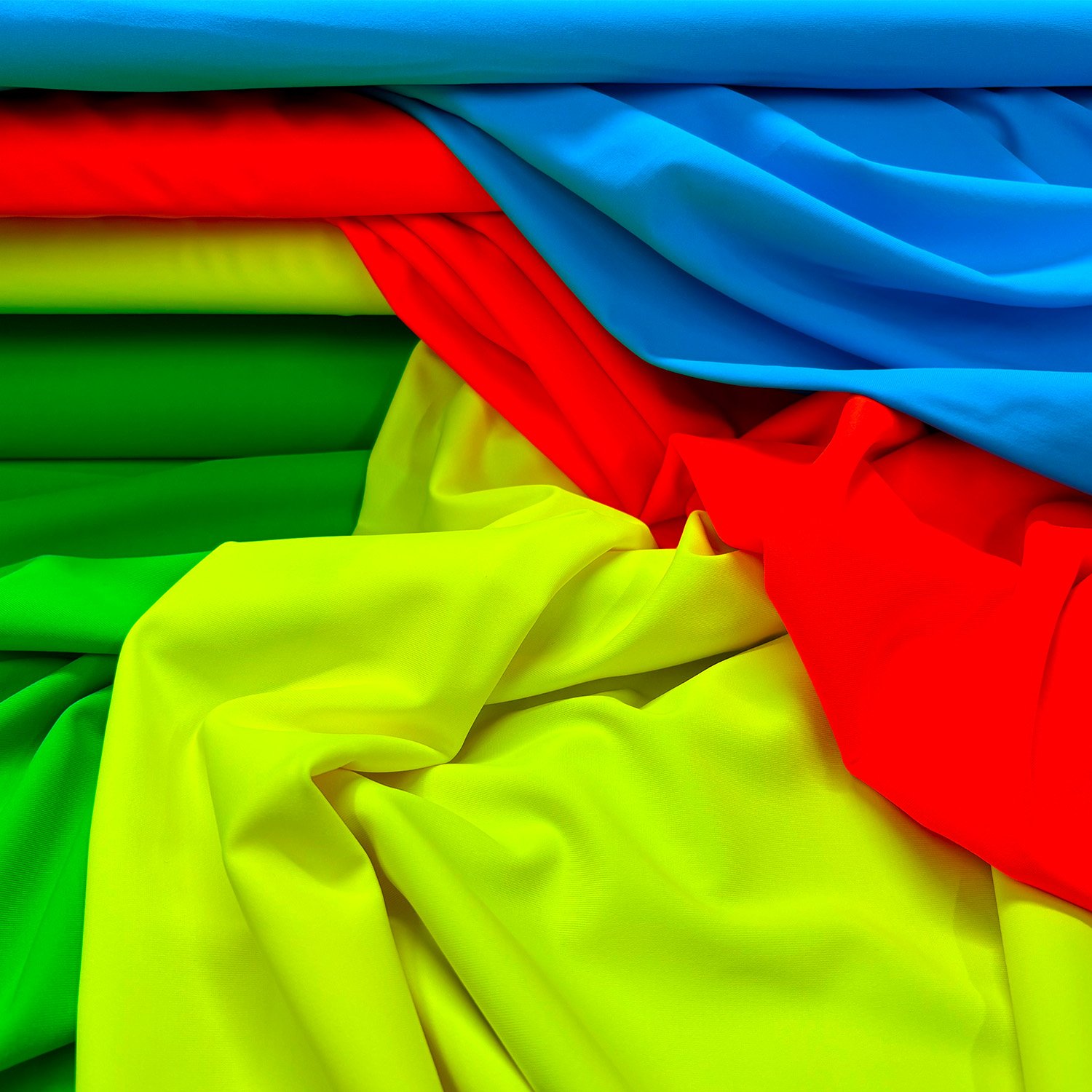Understanding Crinoline: A Dancewear Essential
In the world of dancewear, selecting the right fabrics can make all the difference in creating the movement, volume, and support dancers need on stage. One such fabric is Crinoline, a versatile material with a fascinating history and an important role in modern dance costumes.
What is Crinoline?
Crinoline, often recognised for its ability to create structured forms, is a stiffened, open-weave fabric initially made with horse hair and cotton. Today, it’s typically produced from synthetic fibres, which offer greater durability and flexibility. Its unique structure provides volume and body without adding weight, a key feature in dance costumes that require both aesthetic appeal and functional movement.
Origins of Horse Hair in Crinoline
Historically, Crinoline was woven from horse hair, giving it both its name and its distinctive stiffness. This early use of horse hair became the foundation for modern-day Crinoline fabrics. Though synthetic materials have largely replaced horse hair in production, the term remains synonymous with Crinoline’s enduring qualities of resilience and form.
Key Qualities of Crinoline for Dance Costumes
1. Lightweight yet Supportive
Crinoline provides dancers with structured garments that are surprisingly lightweight, allowing for ease of movement without sacrificing design. It’s ideal for costumes where volume is essential, such as ballroom skirts or petticoats, giving them that signature “swoosh” and lift during spins.
2. Breathability and Comfort
The open-weave nature of Crinoline makes it breathable, preventing discomfort even during intense performances. It keeps costumes airy and comfortable, especially when layered with other materials like tulle or satin.
3. Flexibility with Soft Boning
In dancewear, Crinoline soft boning offers an alternative to the traditionally stiff boning used in corsets. This type of boning is ideal for supporting areas of the costume where some flexibility is necessary, enabling dancers to move freely without losing the structured silhouette.
How Crinoline is Used in the Dance Industry
The versatility of Crinoline means it’s found in various applications in dance costumes, from creating voluminous skirts to adding structured detailing to costumes. Here’s how Crinoline serves different roles across dancewear design:
Creating Volume in Skirts
Whether it’s a ballroom gown or a tutu, Crinoline is commonly used to create fullness and volume. Dancewear designers frequently layer crinoline with other fabrics to give skirts their desired shape, often incorporating Crinoline soft boning to retain form. This layering technique provides dancers with skirts that are both visually captivating and responsive to movement.
Soft Boning for Corsets and Bodices
Crinoline soft boning is an innovative solution for designing bodices and corsets in dance costumes, especially in styles where support is necessary but complete rigidity would hinder flexibility. Unlike conventional boning, soft boning with crinoline offers a balance between structure and comfort, allowing for a defined silhouette without restricting movement.
Horse Hair Trim for Added Drama
While crinoline as a fabric has moved away from actual horse hair, the term horse hair trim persists in costume design. This trim is applied along hems of skirts or dresses to add bounce, creating a dramatic flair when dancers spin or move. Horse hair trims in crinoline are renowned for their durability, keeping costumes in excellent shape even through rigorous performances.
Tips for Working with Crinoline in Dancewear Design
- Layer Strategically: When designing skirts or petticoats, layering crinoline with softer fabrics allows for a voluminous look that remains soft against the skin.
- Incorporate Soft Boning Wisely: Use soft boning in areas where costumes need support without being restrictive. This technique works well for corsets or structured skirts, especially when dancers require a combination of structure and comfort.
- Finish with Horse Hair Trim: Adding a horse hair trim to hems provides additional lift and movement, enhancing the dramatic effect of skirts on stage.
Crinoline, with its unique structure and versatility, remains an essential fabric in dance costume design, contributing both visual appeal and functional support. With Crinoline soft boning and horse hair trims, designers can bring an extra dimension to dancewear that makes every movement come alive on stage. At Chrisanne Clover, high-quality crinoline is part of a commitment to supporting dancers and designers with materials that look exquisite and perform exceptionally. Explore our Crinoline range in a variety of our Chrisanne Clover signature colours and bundles.


